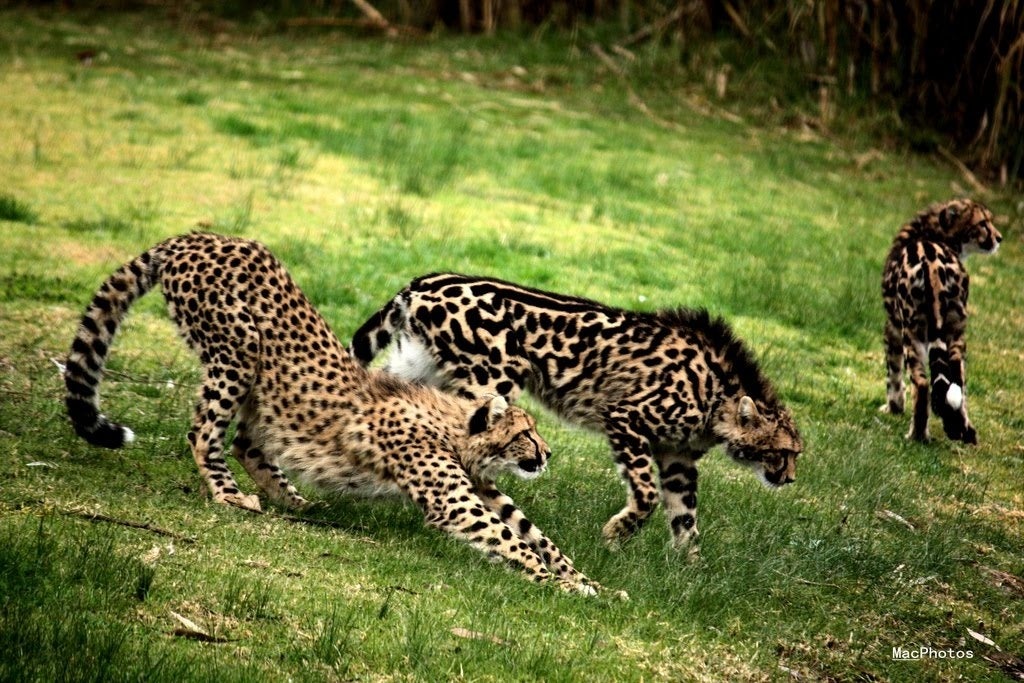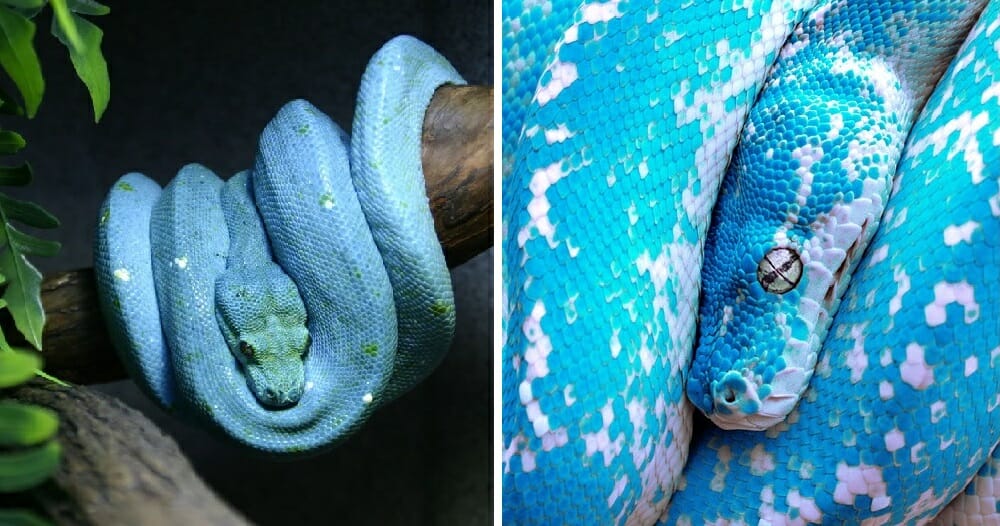This is amazing!
Malaysia is now home to one of the rarest cheetahs in the world, the King Cheetah. There are only 30 of them all around the world, including this one in Zoo Negara, reported NST.
The South African cheetah – which is named “Bolt” after Usain Bolt – was born in 2018 and it is the only survivor out of four cubs. At first, the zookeepers thought that Bolt was a regular cheetah but then, when he matured, he developed a peculiar and rare fur pattern.
You can take a look at the pattern for yourself:

Source: NST
As you can see from the picture above, Bolt has “large, blotchy spots and dark, wide stripes” which extend from his neck to tail. According to Zookeeper Umar Ashraf, Bolt’s mother, Tianna, conceived him in South Africa, the home of this special species. Speaking to NST, Umar said,
“Tianna, 5, along with her partner, Tyson, 6, was part of an animal transfer programme between Zoo Negara and a conservation centre in South Africa. They arrived in Malaysia in February last year (2018).”
At first, Zoo Negara wasn’t aware of the fact that Tianna was pregnant as Bolt wasn’t the result of her mating with Tyson. In fact, Tianna has already mated with another male cheetah before the programme. This means Bolt couldn’t get along with Tyson because he is not Bolt’s father. Umar continued,
“Tyson, meanwhile, had fathered six cubs with Tianna in Malaysia in June. Only two survived, and we named them Flash and Dash. This is why they live in separate enclosures.”
Fun fact: Flash and Dash were named by our Prime Minister Tun Dr Mahathir Mohamad’s wife, Tun Dr Siti Hasmah Mohamad Ali.

Source: NST
Following that, since Bolt has developed the rare “King Cheetah” features, Zoo Negara is waiting to see if Flash and Dash will show similar signs once they have matured. Umar added,
“It is possible that they could end up developing the rare fur pattern. However, it is still too early to say.”
Do you think that they will start developing a similar fur pattern as Bolt?

Source: Quora
On that note, Umar said that the fastest land animal in the world needs a lot of running space (duh!), so they can stay active. He elaborated,
“It brings back the question of the size of the display area. We want to prevent overcrowding, which could lead to the animals suffering (from) stress.”
“Zoos would from time to time review this to ensure that there is sufficient roaming area for different wildlife species in accordance with the law.”
Sounds like a good plan!
What do you think about this new revelation? Let us know in the comments below!
Also read: The World’s Most Expensive Snake Is A Rare Green Tree Python That Costs RM1.8 Million





































